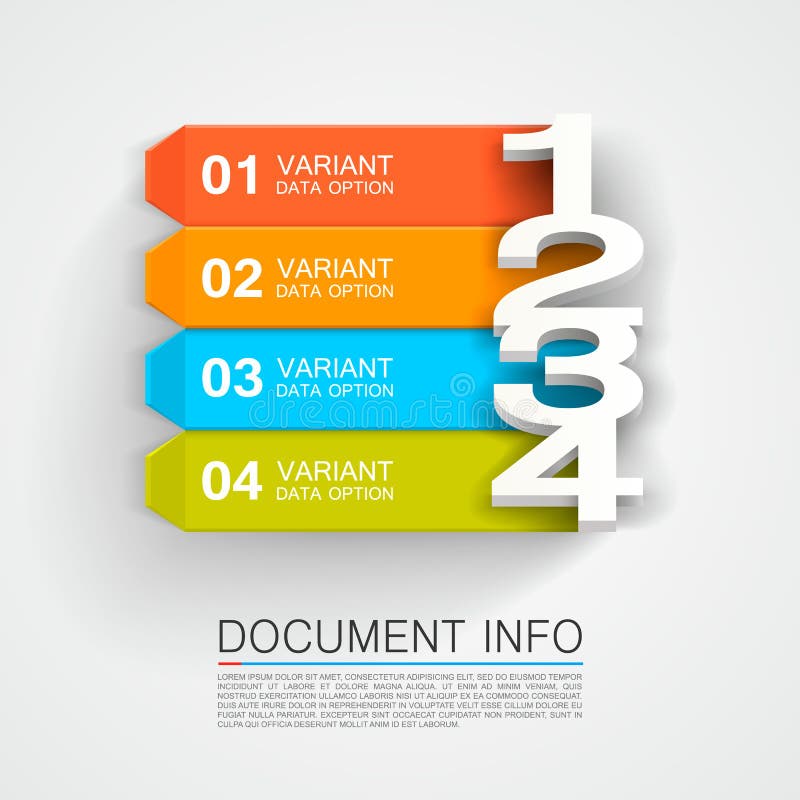
A template is a type of pre-formatted, fill-in-the-blank document that is useful for maintaining a specific format each time a document is created, especially when multiple word-processing operators are involved. Templates are another automated formatting feature. For example, a letter wizard can assist the user to properly format a business letter, and a résumé wizard can help the user format a professional-looking résumé.
#Are word document info contained in the document software
Word-processing software typically includes “wizards” or “help” features to provide automated formatting of common business documents. For example, when a fraction for one-half is entered as 1/2, it is changed to the symbol ½ two hyphens (––) are changed to a long dash (-) and (c) is changed to ©. Fractions and other symbols can be formatted automatically as their keyboard equivalents are entered. Proper typographic quotation marks (“smart” or “curly” quote marks-” and “) and apostrophes (‘) can be inserted automatically instead of the straight typewriter-style quotation marks entered from the keyboard. For example, commonly misspelled words can be automatically corrected as soon as the misspelled words are entered two spaces entered after the end of a sentence can be changed automatically to one space a lowercase letter beginning a new sentence can be capitalized automatically. Most word processors also include automatic correction and automatic formatting of common errors and mechanical conventions as text is entered from the keyboard. The find-and-replace feature in a word processor allows the user to search for every occurrence of a particular character, word, or phrase within a document and replace it with new text. Text can be automatically checked for spelling and for conformance to basic grammatical principles as the text is entered and edited. Word processors provide easy methods of deleting, inserting, copying, and moving individual characters, words, phrases, and paragraphs-even entire pages of information-with a few clicks of a mouse button or with such keyboard shortcuts as Ctrl-C to copy, Ctrl-X to cut, and Ctrl-V to paste or insert text. Text manipulation refers to the “processing” part of word processing. Using voice-recognition software to convert spoken words into text characters

Scanning printed documents and using optical-character-recognition (OCR) software to convert the scanned documents into text characters Typically, the text is entered into the word processor from a keyboard other input methods include:Ĭopying text from other applications (such as from hypertext markup language documents, e-mail messages, or online encyclopedias) and pasting it into a word-processing document Essential word-processing functions can be grouped into the categories of input, manipulation, formatting, and output of text.


 0 kommentar(er)
0 kommentar(er)
